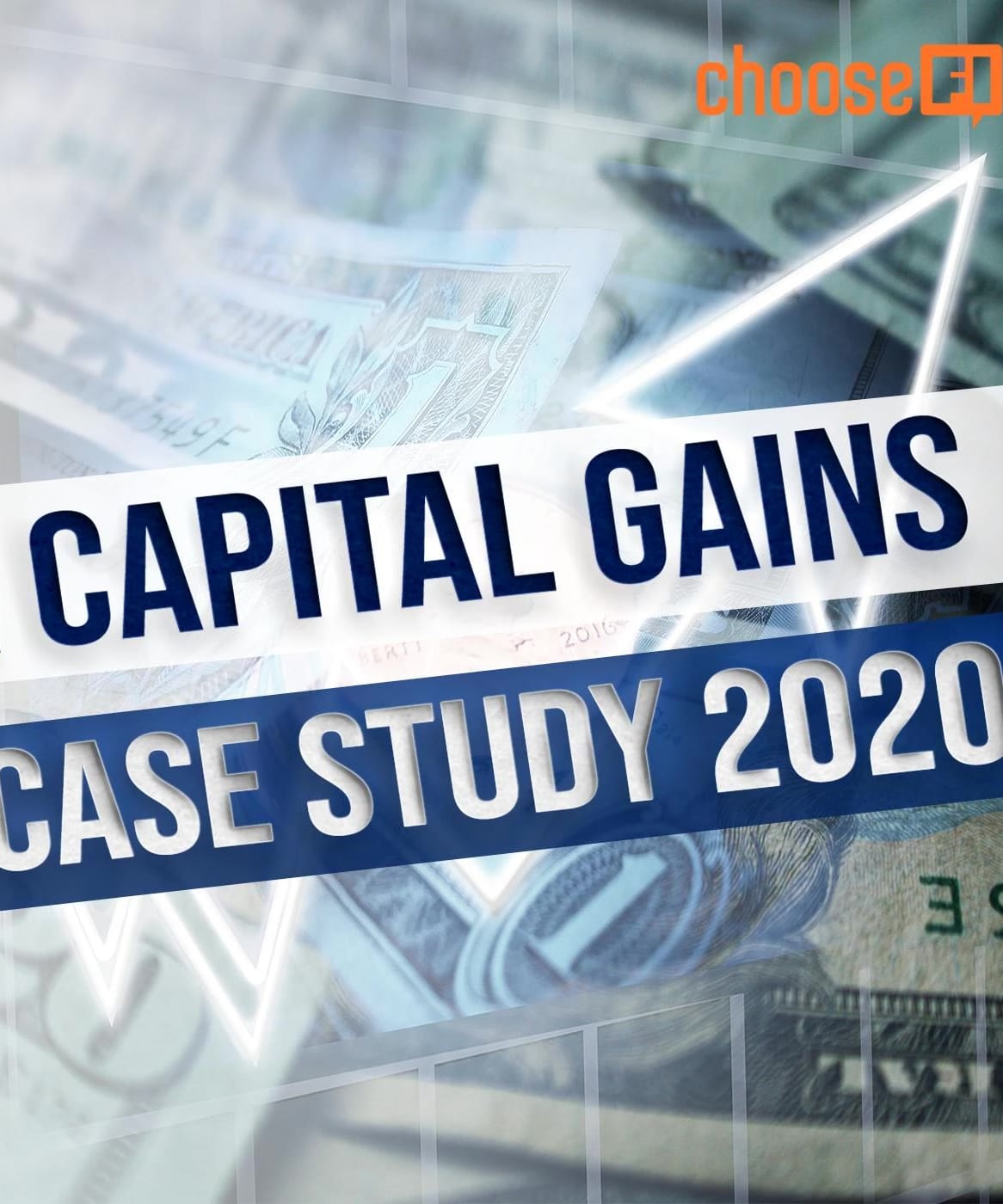What are tax advantage accounts?
Sources:
Tax-advantaged accounts are financial tools designed to incentivize savings by providing tax benefits. and discuss various types of these accounts:
-
Tax-Deferred Accounts: These include accounts like 401(k), 403(b), and 457 plans. Contributions to these accounts reduce your taxable income for the year, and taxes are paid upon withdrawal, typically in retirement. Health Savings Accounts (HSAs) somewhat fit into this category as well 1.
-
Roth Accounts: These accounts (e.g., Roth IRA, Roth 401(k)) require you to pay taxes on contributions based on your current income. However, the growth and withdrawals in retirement are tax-free. This feature makes Roth accounts unique and beneficial for long-term tax-free growth 1.
-
Flexible Spending Accounts (FSAs): Specifically, the Dependent Care FSA allows you to earmark income for childcare costs, providing a tax-advantaged way to manage these expenses by reducing your taxable income 2.
-
Other Regional Variants: Depending on the country, other tax-advantaged accounts can include Canadian accounts like the Registered Retirement Savings Plan (RRSP), which is similar to a 401(k), and the Tax-Free Savings Account (TFSA), akin to a Roth IRA 3. The UK has ISAs (Individual Savings Accounts), providing tax-free growth and withdrawals, and SIPPs (Self-Invested Personal Pensions), which offer tax relief during contribution 4.
These accounts are essential for efficient tax planning and building long-term wealth, each offering specific benefits based on your financial strategies and needs.
RELATED QUESTIONS-



